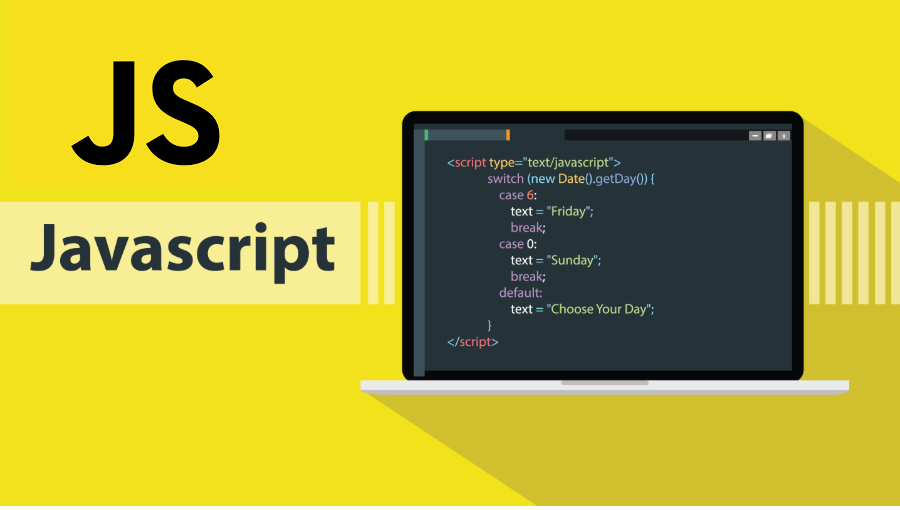Course description
Sorting through the endless choice of mobile phones based on price or searching a particular book from millions of books on Flipkart, are all done with less complex and low-cost algorithms, which work on structured data.
Since data structure is a core to any programming language and choosing a particular data structure majorly affects both the performance and functionality of Java applications, therefore it’s worth an effort to learn different data structures available in Java.
Today this article will guide you towards each type of Data Structures supported by Java with examples and syntax, along with their implementation and usage in Java.
The need for Data Structures in Java
As the amount of data grows rapidly, applications get more complex, and there may arise the following problems:
Processing Speed: As the data is increasing day by day, high-speed processing is required to handle this massive amount of data, but the processor may fail to deal with that much amount of data.
Searching data: Consider an inventory with a size of 200 items. If your application needs to search for a particular item, it needs to traverse 200 items in every search. This results in slowing down the search process.
Multiple requests at the same time: Suppose, millions of users are simultaneously searching the data on a web server, then there is a chance of server failure.
In order to solve the above problems, we use data structures. Data structure stores and manages the data in such a way that the required data can be searched instantly.
Advantages of Java Data Structures
Efficiency: Data Structures are used to increase the efficiency and performance of an application by organizing the data in such a manner that it requires less space with higher processing speed.
Reusability: Data structures provide reusability of data, that is after implementing a particular data structure once, we can use it many times at any other place. We can compile the implementation of these data structures into libraries and the clients can use these libraries in many ways.
Abstraction: In Java, the ADT (Abstract Data Types) is used to specify a data structure. The ADT provides a level of abstraction. The client program uses the data structure with the help of the interface only, without having knowledge of the implementation details.
Data Structure Classification in Java
There are some common types of data structure in Java they are as follows –
Arrays
Linked Lists
Stack
Queue
Graph
Set
1. Arrays
An Array, which is the simplest data structure, is a collection of elements of the same type that are referenced by a common name. Arrays consist of contiguous memory locations. The first address of the array belongs to the first element and the last address to the last element of the array.
Some points about arrays:
Arrays can have data items of simple and similar types such as int or float, or even user-defined datatypes like structures and objects.
The common data type of array elements is known as the base type of the array.
Arrays are considered as objects in Java.
The indexing of the variable in an array starts from 0.
We must define an array before we can use it to store information.
The storage of arrays in Java is in the form of dynamic allocation in the heap area.
We can find the length of arrays using the member ‘length’.
The size of an array must be an int value.
Arrays can be of 3 types:
Single Dimensional Arrays
Two-dimensional Arrays
Multi-dimensional arrays



















